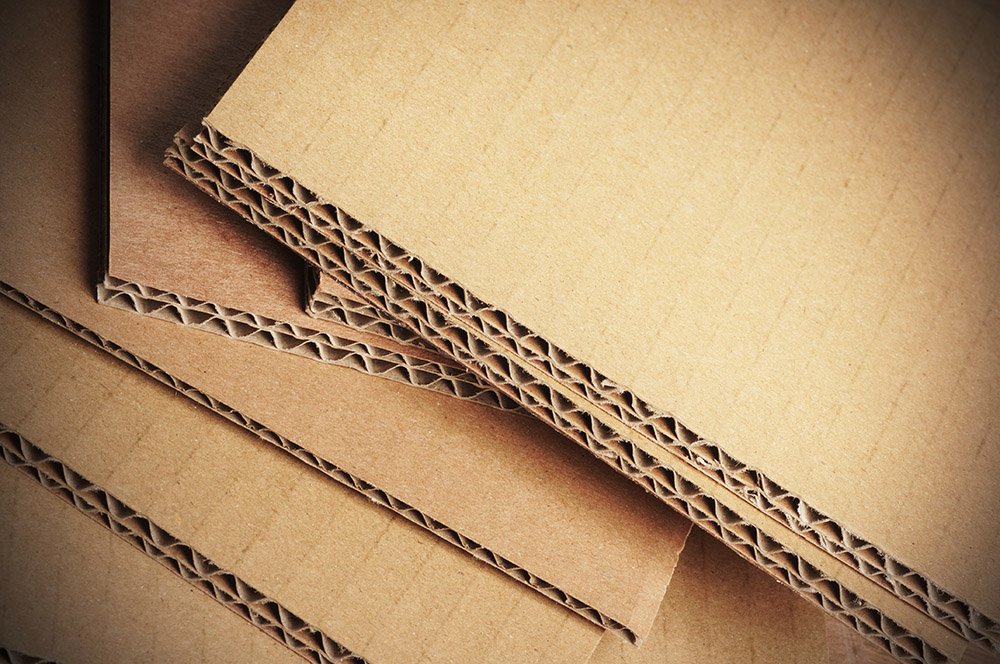The global corrugated packaging market is on a steady growth path, propelled by increasing demand for sustainable packaging, the rapid growth of e-commerce, and innovations in packaging design and functionality. As businesses and consumers alike become more environmentally conscious, corrugated packaging is gaining popularity for its eco-friendliness, cost-effectiveness, and protective capabilities.
Market Snapshot
In 2024, the global corrugated packaging market was valued at around USD 180 billion. By 2030, it’s expected to climb to approximately USD 260 billion, with a compound annual growth rate (CAGR) of 6.3%. This strong trajectory highlights the sector’s pivotal role in the future of packaging, particularly as the demand for environmentally responsible materials continues to climb.
Key Factors Fueling Growth
1. E-Commerce Boom
As online shopping becomes the norm, businesses require packaging that can protect goods during transportation and support branding efforts. Corrugated boxes are lightweight, sturdy, and customizable, making them a natural fit for the evolving needs of the e-commerce industry.
2. Shift Toward Eco-Friendly Solutions
Corrugated materials, made from renewable sources and easily recyclable, align perfectly with global sustainability goals. Companies are moving away from plastic-based packaging and investing in corrugated alternatives to reduce their environmental footprint.
3. Versatility Across Industries
From food and beverages to pharmaceuticals and electronics, the adaptability of corrugated packaging makes it a go-to option. Its ability to safely contain, store, and transport goods across long distances adds to its widespread appeal.
4. Technological Innovations
Advancements in corrugated packaging design, including improved structural integrity, moisture resistance, and high-quality printing, are helping businesses enhance product safety and aesthetics without compromising environmental values.
Market Segmentation Insights
- By Structure:
- Single-wall: Common for lightweight consumer goods.
- Double/triple-wall: Used in industrial applications for added strength.
- By Application:
- Retail & E-commerce: Dominates usage, with focus on protective and appealing design.
- Food & Beverage: Requires packaging that maintains hygiene and freshness.
- Consumer Electronics: Needs shock-absorbent packaging.
- Healthcare: Emphasizes secure and contamination-free transport.
- By Material:
- Linerboard: Provides the outer surface and strength.
- Fluting Medium: Offers cushioning and rigidity.
- By Printing Technique:
- Flexographic: Efficient for high-volume printing.
- Digital: Increasingly adopted for short-run, customized packaging.
Regional Performance
- Asia-Pacific: The region leads global demand, thanks to growing manufacturing sectors and a booming online retail scene.
- North America: A mature market characterized by technological adoption and a strong sustainability push.
- Europe: High regulatory standards and consumer awareness are pushing companies toward recyclable and biodegradable materials.
Challenges in the Sector
- Raw Material Price Volatility: Fluctuating costs of pulp and paper can affect profit margins and pricing models.
- Strict Environmental Regulations: Adapting to evolving laws related to packaging waste and sustainability requires ongoing investment and innovation.
Growth Opportunities
- Innovation in Green Packaging: Companies that develop biodegradable, compostable, or reusable corrugated solutions can attract eco-conscious consumers.
- Customization & Branding: High-quality printing and design innovations offer businesses a chance to enhance customer experience through creative packaging.
- Emerging Economies: Growing urbanization and consumer spending in developing countries are creating strong demand for protective and attractive packaging formats.
Conclusion
The global corrugated packaging market is no longer just about shipping boxes—it’s a dynamic, innovation-driven sector at the heart of sustainable commerce. With businesses seeking more efficient and environmentally responsible ways to package and transport products, corrugated solutions are set to play an even greater role in global supply chains.

